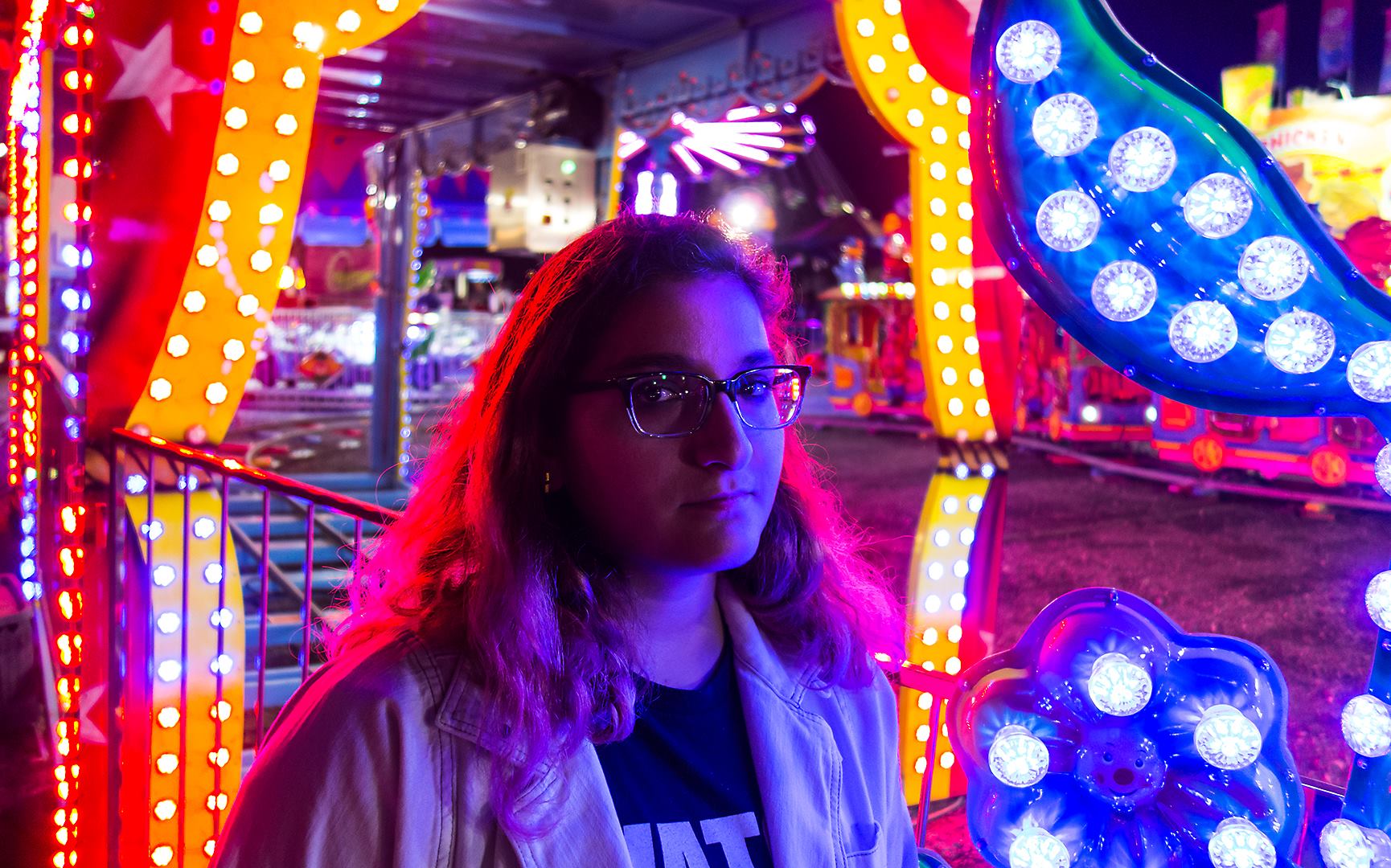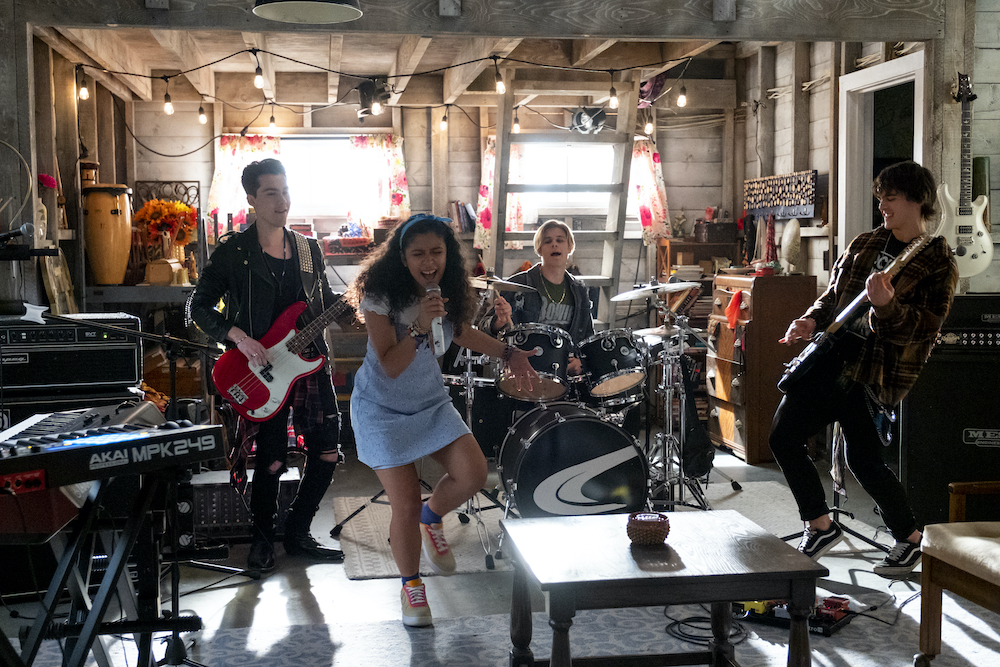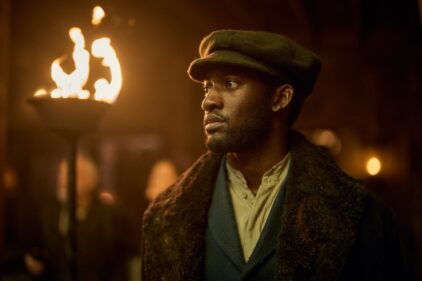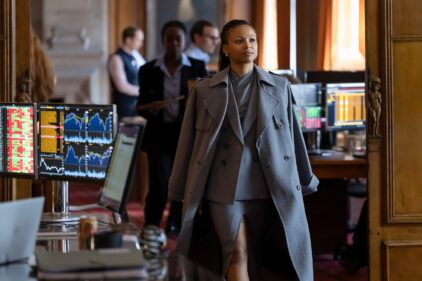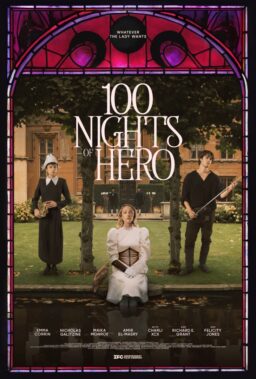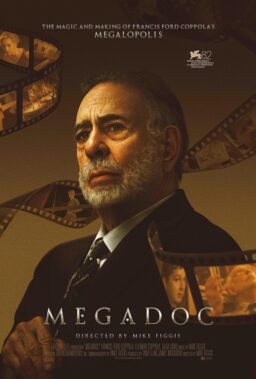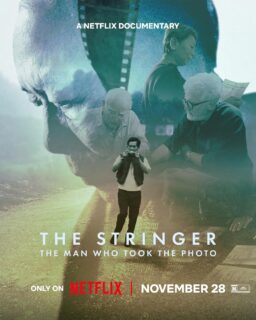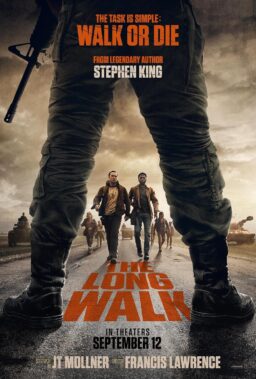A ghost story that too often ignores the creative potential of its central specters, Netflix’s “Julie and the Phantoms” is so committed to mimicking creator Kenny Ortega’s past filmography that it never becomes its own thing. Ortega, who here adapts a Brazilian TV series of the same name, recreates the same elements he used in the aforementioned “High School Musical” and Disney’s “Descendants” film series—petty rivalries, clueless parents, fantastical musical performances, and thoroughly G-rated romances. The result is an overly familiar series that might capture tweens with its pop-rock earworms and cute boys, but also suffers from underdeveloped characters and stalled narrative tension.
“Julie and the Phantoms” (the nine-episode first season of which drops on Netflix on Sept. 10) begins in the past, at the intimate Orpheum nightclub in Hollywood in 1995. Rock band Sunset Curve is on the verge of their big break, blowing the doors off a sound check for a showcase performance later that night. While the group’s rhythm guitarist stays behind to flirt with a cute waitress, lead singer Luke (Charlie Gillespie), bassist Reggie (Jeremy Shada), and drummer Alex (Owen Joyner) venture out into the night—and die in a tragic accident.
25 years later, high school student Julie (Madison Reyes) is, like the young men of Sunset Curve were, an impassioned musician. The young woman is a talented singer, songwriter, and piano player, but since her mother’s death a year ago, she hasn’t performed at all. Her mother’s death is still a wound: Julie’s father Ray (Carlos Ponce) hasn’t quite figured out how to parent alone, relying often on his sister in law, Julie’s Tía Victoria (Alison Araya), for advice. Julie’s younger brother Carlos (Sonny Bustamante), is growing up on YouTube, and perhaps too nosy for his own good. And Julie feels unable to write songs alone, without her mother’s guidance. When cleaning out her mother’s music studio in the family’s converted garage, Julie stumbles upon an array of instruments, clothes, and other items in the garage’s loft that were in the house when her family moved in. Popping in the Sunset Curve CD that she finds with those items causes something unbelievable: Luke, Reggie, and Alex appear out of thin air. They’re ghosts, stuck forever at 17 years old, and it was their stuff that has lingered in Julie’s home since their deaths. And there’s another strange wrinkle: When they play music, they become corporeal enough that other people—not just Julie—can see them.
At first, Julie is skeptical (“There’s no such thing as cute ghosts!”), but upon searching online, learns that their story checks out. Surprisingly quickly, both sides adapt—Julie to the ghosts, and the ghosts themselves to being undead—and bond over their shared love of music. What would happen if they played as one group, with Julie and Luke sharing singing duties? After the setup of the premiere episode “Wake Up,” “Julie and the Phantoms” becomes consumed with the musical performances that define Ortega’s work, with each episode following a certain format: Luke writes a song; the band immediately plays it perfectly; Julie immediately sings it perfectly; and they perform together to wild acclaim.
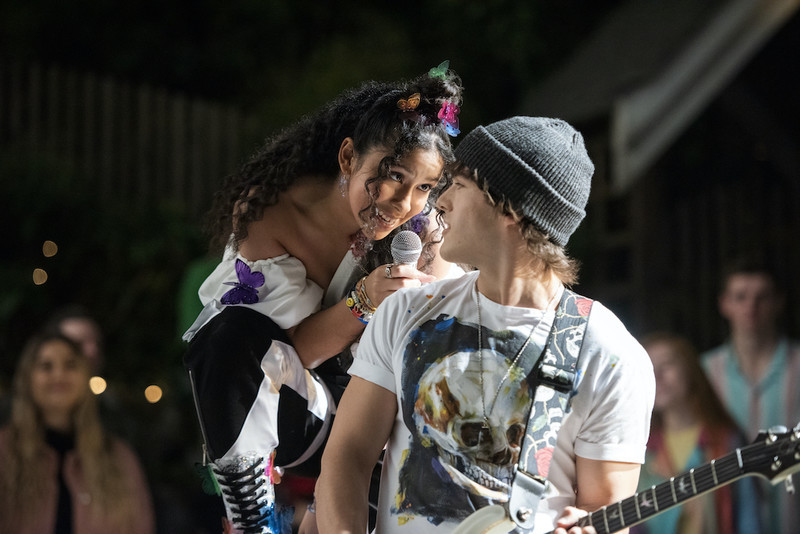
There’s very little development here, whether it’s backstory for Julie, a depiction of her deep bond with her mother (the show withholds information about that relationship until the eighth and ninth episodes, which makes for a very shallow characterization until then), or greater information about how Sunset Curve came together or the band members’ individual histories. Only Luke, here in the Zac Efron from “High School Musical” mold, receives a detailed treatment; otherwise, Reggie’s primary trait is that he’s a goofy prankster and Alex’s is that he’s gay. And most glaringly underwritten is how “Julie and the Phantoms” draws Julie and Luke together: The characters separately discuss how they’re better writers because of their partnership, but we never see the work, effort, or creative process involved in their songwriting. Instead, their creative bond is only used as supporting evidence for their romantic attraction, and it’s a little weird how the series ignores that guys like Luke and Reggie, the latter of whom says he misses high school when seeing a scantily clad girls’ group singing at a pep rally, would be 42 years old if they had lived.
But “Julie and the Phantoms” is rife with strange moments like that: character details that go for style over authenticity, or dialogue that works for a quick laugh but doesn’t make much sense. This won’t matter much for the show’s intended audience of tween viewers, but older viewers of certain generations will notice some of these inconsistencies. Most of the musical style for Julie is in the vein of Alicia Keys or Demi Lovato, with soaring vocals and passionate piano playing, but Sunset Curve is a thoroughly pop-punk band we are meant to believe was about to break out in 1995—the time of alternative rock and grunge (and demo cassette tapes, not CDs). Nothing about Sunset Curve’s bouncy, upbeat sound seems right for the time; why not make them a 2005 band instead? That would at least better explain why Julie and the Phantoms, formed when Julie and the ghosts combine their efforts, sounds so much like the emo band Paramore, who ruled the 2000s. The script does very little with the young men being from 1995, anyway; Julie mentions Google, texting, and all kinds of other modern inventions to them, and they never bat an eye. The only present-day phenomena they have questions about are Justin Bieber, the “Star Wars” prequels, and the word “woke,” which make for some amusing moments, but also demonstrate how much better of a show “Julie and the Phantoms” would have been if it really took advantage of its ghost protagonists. “Julie and the Phantoms” excels when the show leans into the creative possibilities of being undead: When Reggie decides to prank Julie’s younger brother with flickering lights and a floating sheet; when the young men perform on a boardwalk, delightedly scatting to an audience that appreciates but can’t see them; when the trio consults other ghosts for tips about how to haunt someone. Those subplots have a lighthearted “Scooby-Doo” energy that works well, and Gillespie, Shada, and Joyner have fine chemistry.
The actual ghost stuff, though, is underutilized until the back half of the season, when Cheyenne Jackson’s Caleb Covington character takes notice of the remaining members of Sunset Curve and their special musical powers. As Caleb, Jackson is all glamorous malevolence, and his performances at the 1940s-style Hollywood Ghost Club are some of the best “Julie and the Phantoms” has to offer. Also good is Reyes, an enthusiastic performer with a lot of natural charisma. She captivates during a “Glee”-like number that has her dancing around her high school, undergoing numerous wardrobe changes, and approvingly stepping aside for interruptions from break dancers and the marching band. How Luke, Reggie, and Alex “teleport” to perform with Julie, always appearing right in time for the chorus, gets repetitive, but the songs are high-energy, if not particularly memorable. Yet for all the attention that the show pays to the musical performances, it skimps with its investment elsewhere, and those jarring discrepancies make “Julie and the Phantoms” only an intermittently entertaining watch.
All of season one screened for review.
